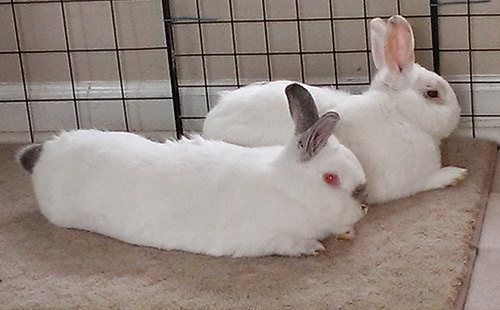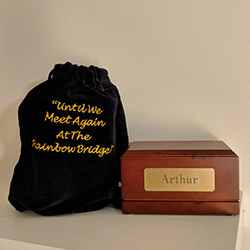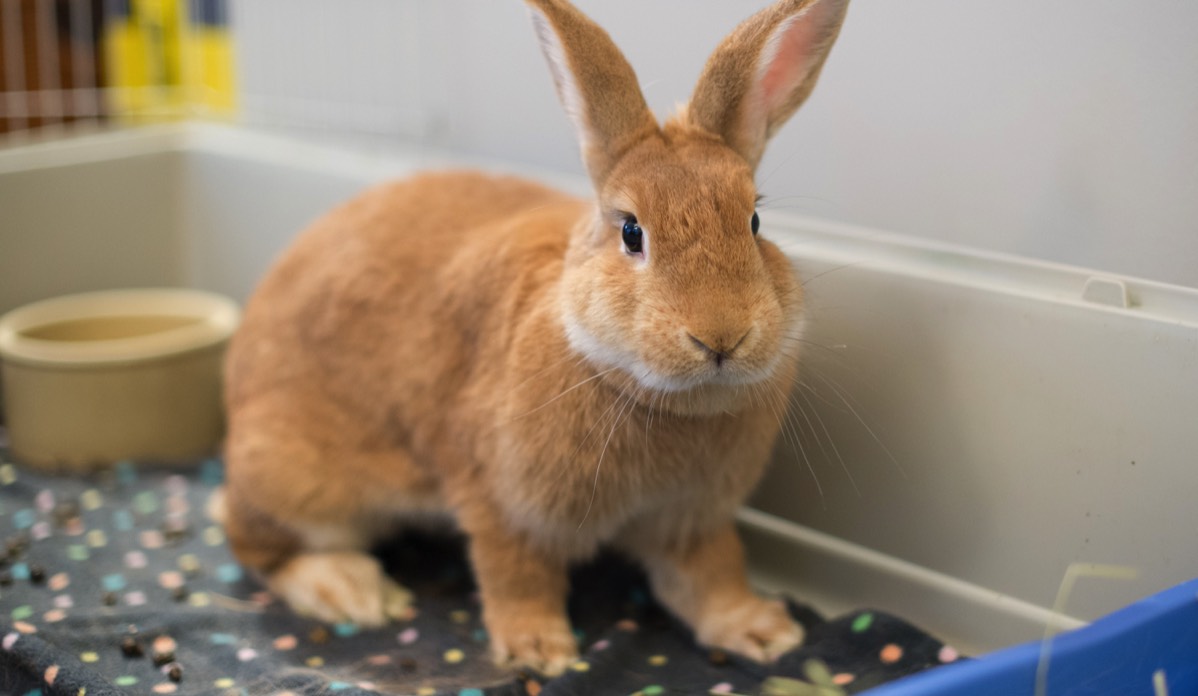
Grieving a Pet Rabbit or Other Animal
Tuesday, October 9, 2018
by Kristie Yeatts

You enter the house and there is no pitter-patter of paws. The food and water bowls do not need to be filled any longer. Toys lie untouched on the floor. You threw out the rest of the food and treats or gave them to someone else who could use them weeks ago. Now what?
Whether you are a parent to children or just have “fur babies,” you probably value their lives. Some people are so attached to their pets that they think of them as children, anthropomorphism in its truest form. Assigning human qualities to the animals with whom we share our lives is not uncommon. Some psychologists view the bond between humans and animals as more complex due to its non-verbal nature. Couldn’t we condense our summary and say that our relationships with people are built on multisensory interactions, but our relationships with animals are simply based on love?
Not everyone understands losing a pet
Grieving the loss of a pet is different than grieving the loss of another human. One reason this difference exists is because people who are not pet lovers may not acknowledge the loss of a pet as being legitimate grief. The term disenfranchised grief has been used to describe the intense loss that pet owners feel when they lose a beloved pet (or other losses not commonly looked upon as legitimate losses). Unfortunately, our animal-loving society does not always look upon the loss of an animal as deserving of the same grief we express when we lose a person we love. Comments such as “get over it” or “it was just a (name the animal species here)” are commonly heard by those who are mourning after a pet dies.
 Pet grief is real
Pet grief is real
These losses are real. They are legitimate and deserving of feelings and emotions. In short, they deserve our tears. In Elisabeth Kübler-Ross’ book On Death and Dying, she described grief in five stages, although her ideas were never meant to be used as a guide for the bereft. She describes denial, anger, bargaining, depression, and acceptance as general stages that humans move through dynamically after a loss. While people may experience these periods or phases of grief, keep in mind that we are all as unique as our DNA. Our grief is also unique. You will grieve as deeply as you are bonded to an animal or a person. Your grief journey (or stages or phases) will be largely dependent on your support system, your beliefs, and your prior experiences with death and dying. No one can define these for you.
Let yourself grieve
If you have ever lost a beloved pet, you know that there are times that the sadness consumes you and you are inconsolable. Let that happen. Grieve the loss and feel every emotion you need to feel in order to acknowledge your own grief. There are no right or wrong expressions, as long as life is not at-risk. Tell the other people in your life who are sympathetic to your loss that you are doing your grief work. They will understand. The other people will either come around and support you, or they will go on their merry way. Be patient with yourself and know that you are not alone. There are pet loss support groups, and some counselors offer pet loss counseling. Do not feel that you must do all of your grieving in silence. Honor your pet’s life with the attitude that you are going to let its life influence your future and your love of animals. In time, you may find that you are ready for another pet, and if you have thoroughly grieved, you may have space in your heart for a new fur baby.
Local pet loss resources
SPCA of Wake County Pet Loss Support Group: https://spcawake.org/services/pet-loss-support-gro...


 Pet grief is real
Pet grief is real